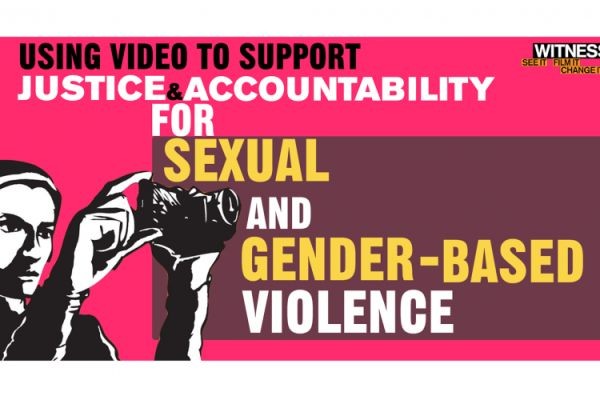There are good reasons for this. Complex ethical considerations and personal safety challenges make it difficult to secure accountability for SGBV crimes. Additionally, these crimes often happen ‘behind closed doors’ and if survivors do want to come forward, they can face strong stigma and risks to their own personal safety or the safety of those around them. The result is that these crimes are often invisible to society. Nevertheless, considering the widespread impunity of perpetrators of SGBV, there is a real, urgent need for better documentation and more reliable accountability and justice for survivors.
To help combat impunity, WITNESS’ Video as Evidence Program shared comprehensive guidance on ‘Using Video to Support Justice for Sexual and Gender-based Violence’. This guidance looks at how video can be gathered and used to document the legal elements of SGBV crimes. While the core SGBV evidence is almost always survivor or witness testimony, video evidence can strengthen fact-finding and monitoring reports. It can also be used in criminal justice processes to bring perpetrators to justice and to achieve other forms of justice for victims and survivors.
WITNESS’ hope in sharing this guidance is that that high-quality, trustworthy, and actionable video documentation will help to secure accountability and justice for victims and survivors of SGBV.


![The Way Of Hope choir | Ururembo Official Video [10 Years Anniversary of The Way Of Hope Concert]](https://i.ytimg.com/vi/uupoqpxpBig/maxresdefault.jpg)






